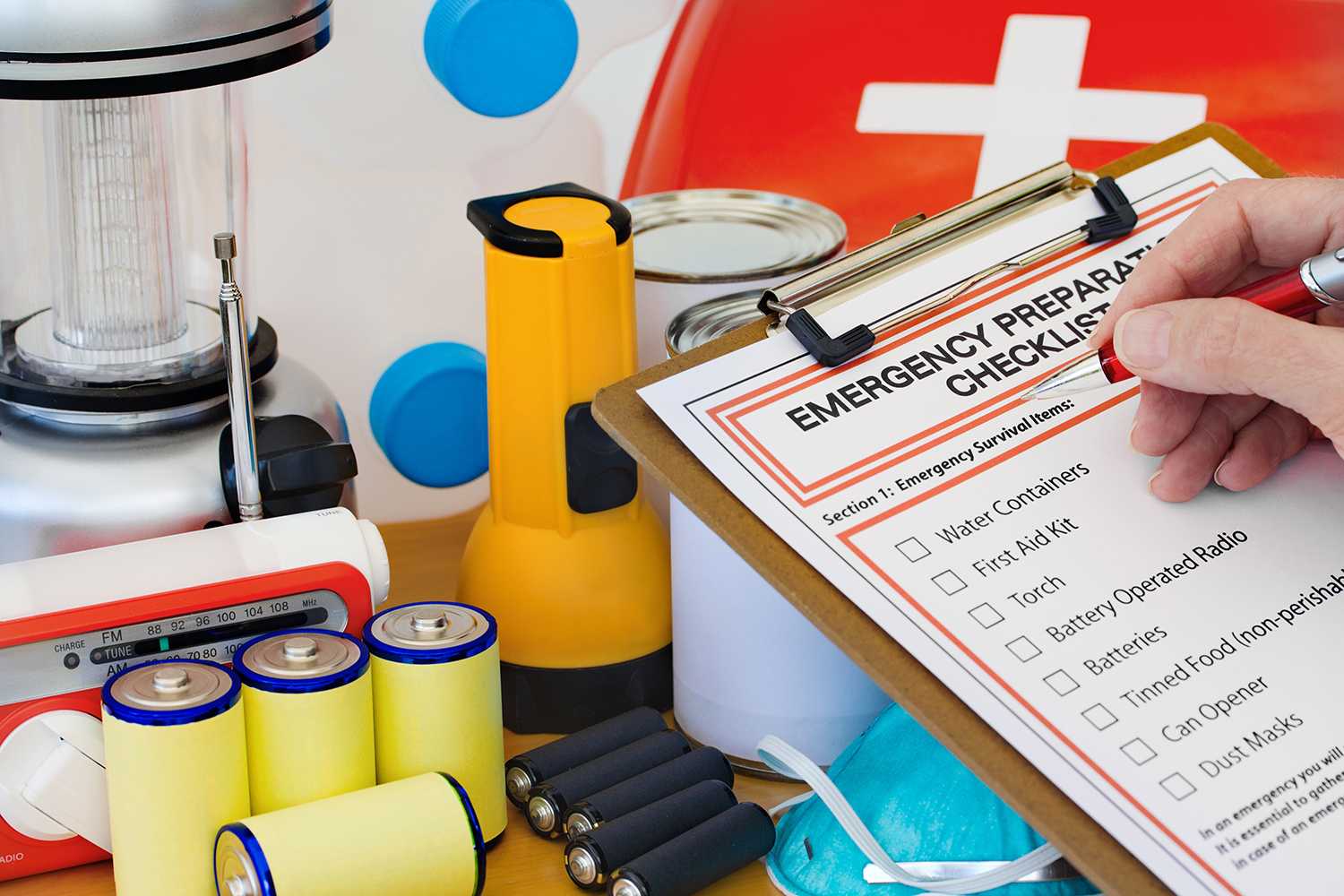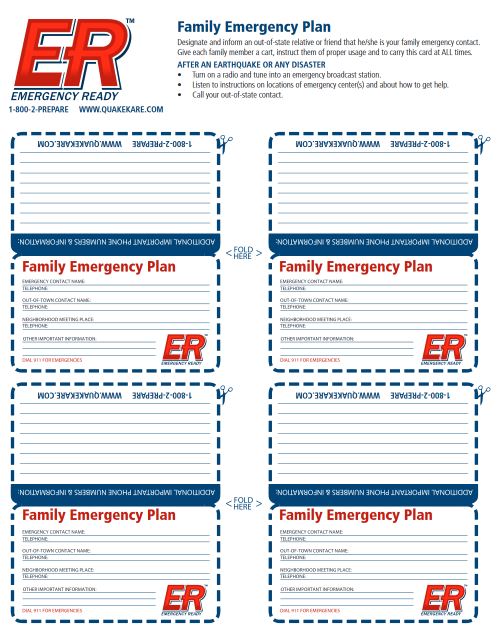Recent Posts
- Essential Earthquake Safety Information: How to Protect Yourself and Your Loved Ones
- What to Do In an Earthquake - The Complete Guide
- Georgia Resident Uses STOP THE BLEED® Training to Save Neighbor
- Emergency Preparedness for Older Adults
- Don't Be a Hot Dog: How to Keep Your Pets Safe This Summer
Tennessee Residents Should Prepare Now
Friday, January 4, 2019

Last month Tennessee residents experienced an abnormal amount of seismic activity. A magnitude 4.4 earthquake centered less than three miles from the Watts Bar Nuclear Plant and Watts Bar Dam rumbled across the Tennessee Valley Authority (TVA) service area on December 12. The sizable quake prompted TVA teams from Nuclear Power Operations, Dam Safety, Transmission and Generation, Construction Projects and Services to immediately begin checking dams and power facilities to confirm no serious damages, maintain safe operations and ensure public safety. In total, a whopping 19 earthquakes shook the state throughout December.
Most of us associate California with earthquakes, but the East Tennessee Seismic Zone is the second most active source of U.S. earthquakes east of the Rockies. It produces about 80 small earthquakes per year, according to the University of Memphis Center for Earthquake Research and Information. The December 12 quake was among the biggest in the state's history.
Two earthquake seismic fault zones impact the state of Tennessee. The New Madrid Seismic Zone stretches from Arkansas along the Tennessee, Missouri line and Illinois/Kentucky line. In addition, the Southern Appalachian Seismic Zone stretches from northeastern Alabama into east Tennessee and southwest Virginia. Since Tennessee is centered between two sizeable fault zones including the New Madrid which produced two of the largest earthquakes in United States history,
Tennessee residents are highly encouraged to take steps to prepare their homes and families for a potentially strong earthquake. Read on for tips on what you can do now to prepare for a damaging quake.
- Purchase or assemble a home survival kit – the kit should contain 5 – 7 days of non-perishable food and water for each member of your household including pets. It should also contain supplies to satisfy basic needs in the event your house is damaged including a tent or tarp for shelter, thermal blankets, emergency radio/flashlight (preferably solar or hand-crank powered), first aid supplies, fire starters, tools for removing debris, sanitation and hygiene items and personal items such as extra medications, important documents and extra clothing. A similar survival kit should be kept in all vehicles.
- Make an Earthquake Preparedness Plan – Create a preparedness plan that outlines evacuation routes and reunion locations in the event your family is not together during the quake. Include an out-of-state contact who can facilitate communication between family members. Download the free ER™ Family Emergency Plan Template:
- Identify your need for Earthquake Insurance – Check with your insurance carrier to ensure you home is ensured if damaged by an earthquake. Many home owner’s insurance plans do not cover earthquake damage.
- Secure Hazards - The greatest risk of injury during an earthquake is from nonstructural hazards such as falling decorative pieces, fixtures, and heavy furniture. Secure your hot water heater and heavy furniture such as bookshelves and TV consoles. Inspect chimneys, roofs and wall foundations for stability. Keep breakable and heavy objects on lower shelves and hang heavy items such as pictures and mirrors away from beds, couches, and anywhere people sit. Repair faulty wiring and install an Automatic Gas Shut Off.
- Practice “Drop, Cover and Hold on” - This simple action has been known to save lives and reduce your risk of death or injury. During earthquakes, drop to the floor, take cover under a sturdy desk or table, and hold on to it firmly. Be prepared to move with it until the shaking stops.
By following these simple steps, you can rest assured that your family will be prepared when the earth starts shaking. For more tips on earthquake preparedness visit https://www.quakekare.com/earthquake-preparedness

